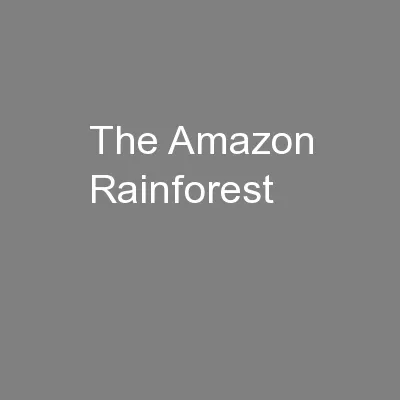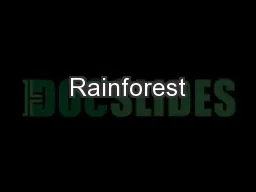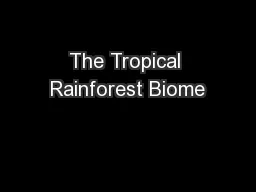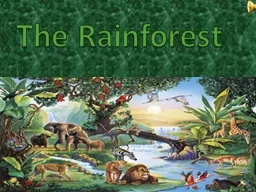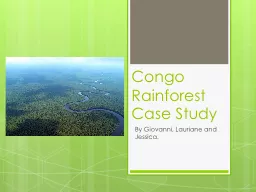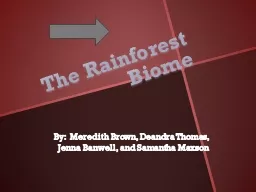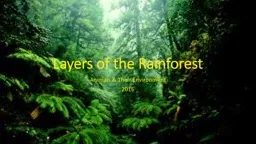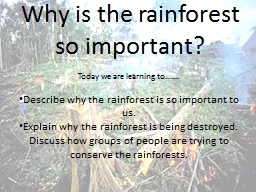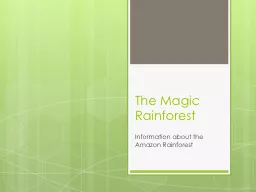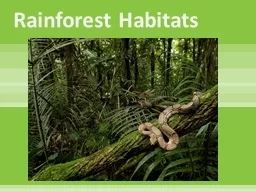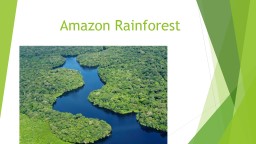PPT-The Amazon Rainforest
Author : ellena-manuel | Published Date : 2016-03-16
The worlds ancient forests are in trouble Only one fifth of original forest cover globally remains in large tracts and almost half of that is under threat from activities
Presentation Embed Code
Download Presentation
Download Presentation The PPT/PDF document "The Amazon Rainforest" is the property of its rightful owner. Permission is granted to download and print the materials on this website for personal, non-commercial use only, and to display it on your personal computer provided you do not modify the materials and that you retain all copyright notices contained in the materials. By downloading content from our website, you accept the terms of this agreement.
The Amazon Rainforest: Transcript
Download Rules Of Document
"The Amazon Rainforest"The content belongs to its owner. You may download and print it for personal use, without modification, and keep all copyright notices. By downloading, you agree to these terms.
Related Documents

